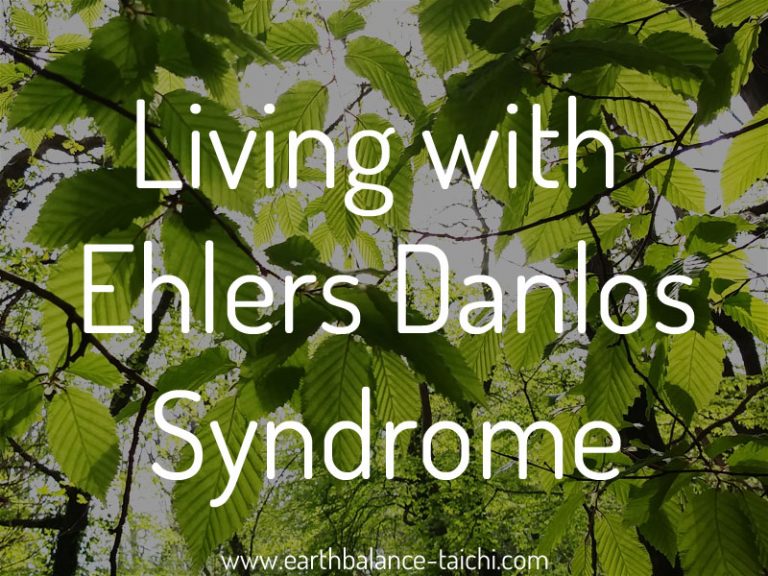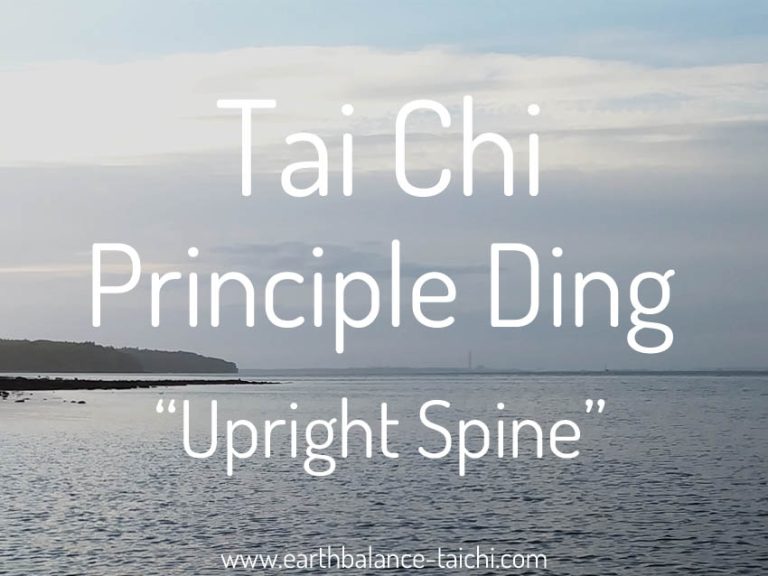Living with EDS
Living with EDS “Ehlers Danlos Syndrome” My Story by Tai Chi Instructor Nicola During May 2014 it is Ehlers Danlos awareness month. I have written my account of living with EDS and wanted to share this with you all. Here is my story, it is a little raw and gives honest insight into what it…














